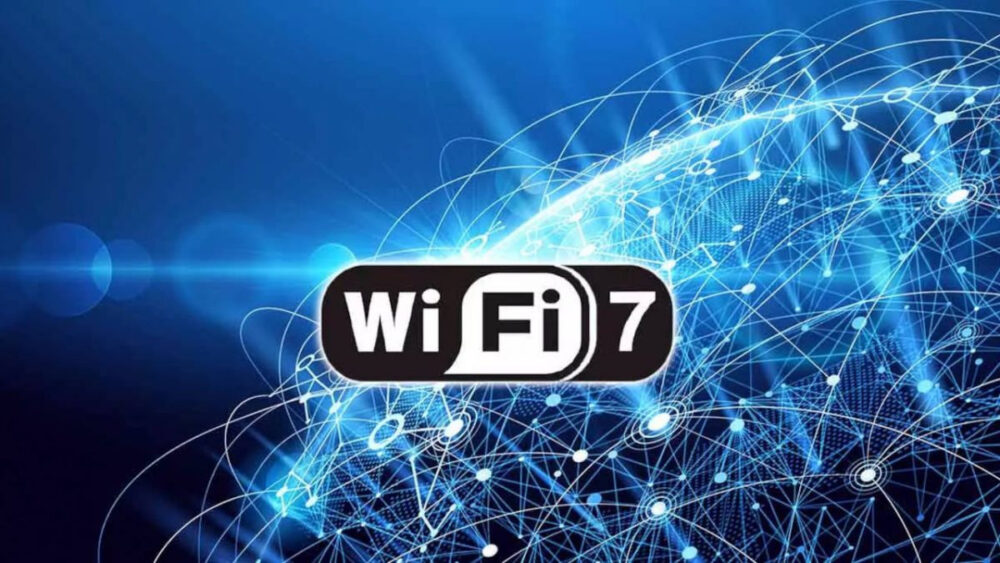Wi-Fi 7: Unlocking Next-Generation High-Speed Internet
Wi-Fi 7 is the latest advancement in wireless technology, offering ultra-fast connectivity for personal, office, and commercial use. This new standard not only promises significantly higher internet speeds but also introduces a range of features that will appeal to anyone looking to upgrade their network capabilities. Wi-Fi 7 incorporates cutting-edge technologies, making it a truly unique solution. However, it’s important to consider certain factors, including the cost of upgrading. Transitioning to the new generation of Wi-Fi involves expenses not only for a high-speed internet connection but also for purchasing a high-quality router compatible with the latest technological standards.
Key Benefits of Wi-Fi 7
The Wi-Fi Alliance has detailed the advantages of Wi-Fi 7, but here’s a summary of the main points:
- Expanded Connectivity: Wi-Fi 7 utilizes the 6 GHz spectrum to dramatically increase internet speeds. This standard is already available in countries like the United States, United Kingdom, Australia, Japan, and Mexico, while other regions are awaiting regulatory approval.
- Router Availability: The price of Wi-Fi 7 routers varies, but more affordable models are often offered by internet service providers, making upgrades easier for end users.
- Official Launch: Wi-Fi 7 was officially introduced on January 8, 2024, with the launch of the Wi-Fi Certified 7 program by the Wi-Fi Alliance. By 2028, it’s expected that 2.1 billion devices will support this technology.
- Device Compatibility: Smartphones, PCs, tablets, and access points will be among the first to adopt Wi-Fi 7, followed by remote client equipment and devices for augmented and virtual reality.
Wi-Fi 7 Router Pricing
Prices for Wi-Fi 7 routers depend on the manufacturer and model. Some accessible options, like the TP-Link Archer BE800, cost around $300, while other models can exceed $1,000.
Technical Innovations of Wi-Fi 7
- Wider Channels: Wi-Fi 7 uses 320 MHz channels, which is double the width of the previous standard, allowing for record-breaking data transfer speeds.
- Multi-Link Operation (MLO): This feature enables simultaneous data transmission and reception across different frequency bands, increasing reliability and efficiency.
- Backward Compatibility: Wi-Fi 7 supports devices from previous generations, allowing them to connect to the new network. However, to achieve the maximum speeds offered by Wi-Fi 7, you’ll need modern devices.
Before purchasing a new router, it’s recommended to check the Wi-Fi specifications of your devices to ensure they are compatible with the new standard.



